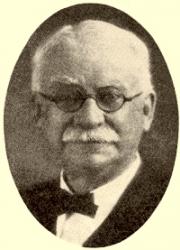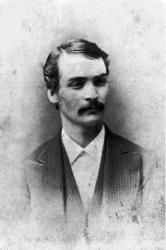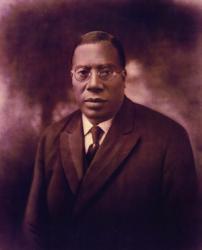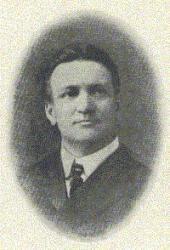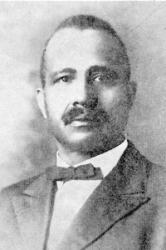
1865 - 1949 Person Name: C. P. J. Meter: 8.6.8.6.6.6.8.6 Author of "I Would Not Be Denied" in Timeless Truths Charles Price Jones born December 9, 1865, near Rome, Georgia. He grew up in Kingston, Georgia, and attended the Baptist church. He was converted in 1884 while living in Cat Island, Arkansas. In 1885 he was called to the ministry and began preaching. In 1888 he attended Arkansas Baptist College and taught school in Grant County, Arkansas. He preached and pastored several Baptist churches. After asking God for a deeper experience of grace and fasting and praying for three days, Jones experienced a closeness with God, and in 1895, along with other Baptist holiness adherents, who taught that a second work of grace can cleanse the Christian of original sin. They started a holiness movement in the Baptist church, and he began teaching holiness in his congregation, Mount Helm Baptist Church in Jackson, Mississippi. He faced much opposition from some members of his congregation and other Baptist churches. Eventually the church voted to remove "Baptist" and change it to "Church of Christ." For several years, Jones led a non-denominational holiness movement. In 1899 he began to write songs for his church. Most of his hymns were inspired by a scripture passage. The congregation built the Christ Temple campus which included a 1000 seat sanctuary, a printing press, a school building, and a girl's dormitory. In 1917, Jones organized Christ Temple Church in Los Angeles and moved the printing press there. He died January 19, 1949 in Los Angeles
Dianne Shapiro, from Church of Christ (Holiness) U.S.A. website and "Charles Price Jones (1865-1949) Religious Leader" by David Daniels, Mississippi Encyclopedia website (both accessed 10/9/2020)
Charles Price Jones


 My Starred Hymns
My Starred Hymns